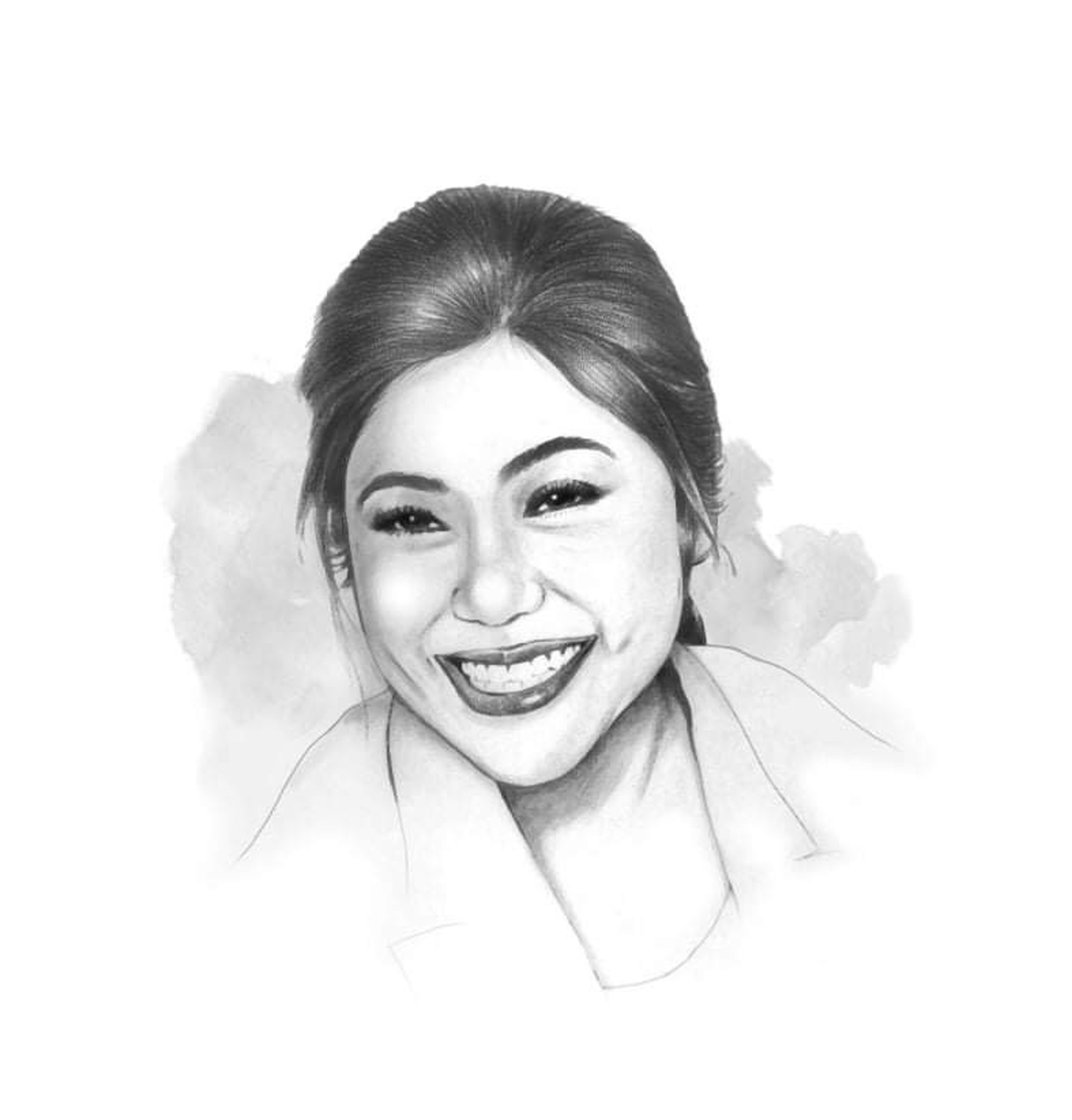NIGHT OWL

How can we create a barrier-free environment? One that is accessible to anyone, regardless of age, ability or other mobility factors.
Oftentimes, a place is seen as accessible to persons with disabilities (PWD) when there is presence of ramps, handrails, and elevators. But there are many other ways, and a lot of other factors to consider in order to make a place barrier-free. It is not as easy as putting solutions on existing infrastructure, because in the first place, the needs of PWDs must already be considered in planning our infrastructure, buildings, and overall urban design.
Under the law, specifically Republic Act No. 7277, or the Magna Carta for Disabled Persons, PWDs “have the same rights as other people to take their proper place in society.”
In line with this, the state must provide its full support to guarantee this through policies that promote the rehabilitation, self-development, and self-reliance of PWDs so that they can have equal access to opportunities that will enable their full integration into our society.
In 2013, RA 7277 was amended by Republic Act No. 10524 to specify that at least one percent of positions in government must be reserved for PWDs. Private companies who have at least a hundred employees are encouraged to do the same.
Based on records of the National Council on Disability Affairs (NCDA), there are 1,336,325 registered PWDs as of Jan. 4, 2024. In terms of employment, the 2022 data of NCDA revealed that only about 20 percent of PWDs were part of the workforce.
These numbers are based on recorded data. But I doubt that in a population of more than 100 million, only 1.3 million are PWDs. Certainly, there are a lot more out there who are unable to register, many of who belong to poor families who may not be aware that there is a law that provides for opportunities and privileges for PWDs, or their families are simply too busy trying to make ends meet.
In order to guarantee inclusivity of PWDs in our society, a big part of the solution relies on accessibility. Are PWDs able to access the same opportunities as those people without disability?
In terms of education, the availability of online learning is one way to break learning barriers. For instance, the NCDA has launched a program called Accessible Online Learning System. It is designed to meet the diverse needs of learners with disabilities. The system features customizable interfaces, subtitles, sign language interpretation, and adaptive assessments to cater to the different needs of PWDs.
Infrastructure is likewise very crucial to empowering PWDs. The world is already a huge place for someone without disability, how much more for a person with disability? It becomes even bigger for them, especially with the usual apprehension that in exploring places and opportunities, there could be many physical hindrances along the way.
Moreover, our country is prone to natural hazards such as typhoons and earthquakes. When these disasters happen, can our existing buildings and infrastructure allow PWDs to evacuate as easy as those without disability?
It is also vital that our public transportation is accessible to all PWDs to ensure ease of navigating various areas, whether for education, work, or leisure.
For those with limited mobility abilities, the existence of ramps, hand rails, platform lifts, restrooms with grab bars, are most helpful. The sizes of doors and pathways are also important to accommodate big and motorized wheelchairs.
For the blind and partially sighted, elevator buttons with Braille, tactile flooring, audio instructions especially in public places and transportation can help improve accessibility.
Meanwhile, for those who are deaf and hard of hearing, sign language videos, signages that are easy to read will make a big difference.
There are many other ways to improve accessibility for PWDs. It thus is very crucial that, when planning the construction of buildings, infrastructure, and urban spaces, there should be consultation with members of the PWD community so we can truly understand their needs and make the spaces that we live in equally accessible to them.